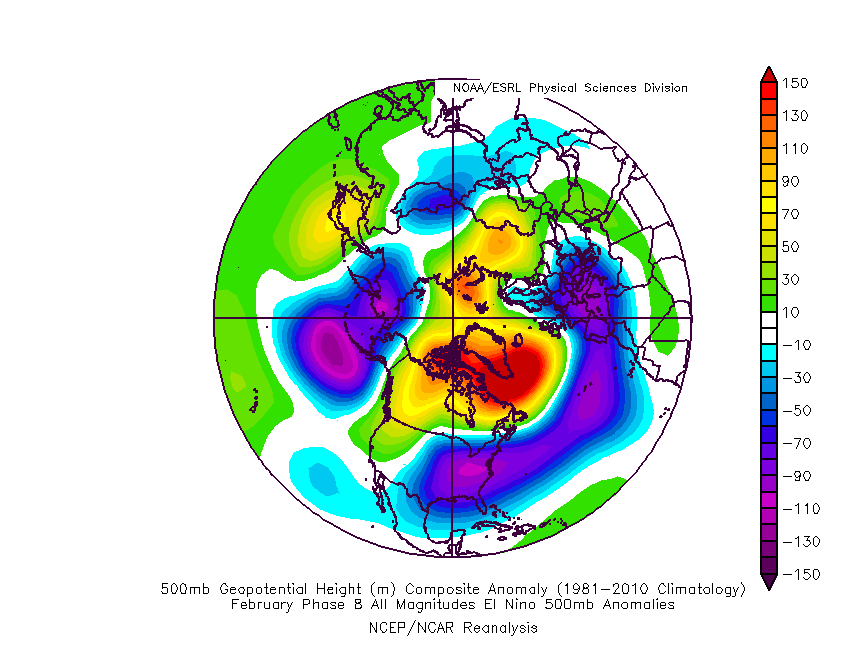I'm afraid I'm in a technical mood tonight guys... you have been warned 
The background drivers (AAM, GWO - driven by Mountain Torque [MT] events - and perhaps the MJO) are looking behave almost identically to how they did prior to the cold spell we're currently in. As Tamara posted this morning:
"...we get some assistance (repeat circuit of late Jan) from another +EAMT for vortex movement to our side of the pole (GWO 4/5) and then we get a subsequent -MT for upstream Atlantic amplification (Phases 8/1/2)."
Based on this, you'd expect to see a major trough dropping down just east of the UK with the Azores/Mid Atlantic high taking a hike west and then north.
The fact that we have ended up following such a pattern this past week represents a significant win for anticipating the future direction of travel using those background drivers.
With the models trending toward an increasingly significant MJO event in phase 8, there may yet be another helping hand... perhaps a major one given how the February composite looks (below-left):


Imagine if that came through strongly! 
Above-right is the GWO outlook based on the GEFS mean. It starts at the yellow start and heads into phase 5 - which signals that positive East Asian Mountain Torque event that Tamara mentions - followed by a path to phases 8 to 2 - which signals a negative MT event.
These Asian MT events initiate shifts in the jet stream intensity and latitudinal positioning (how far N or S) that begin in the Pacific and then translate to the Atlantic. As the Atlantic has two main jets (subtropical and polar), we tend to see a change in the balance of strength between these rather than an overall strengthening or weakening of both.
The sequence of events predicted should cause the subtropical jet to weaken the Azores High and, in conjunction with the polar vortex being pushed out of Greenland toward Scandinavia (thanks to impacts that the MT events have on the higher levels of the atmosphere including the stratosphere), favour a mid-Atlantic high to our W or NW.
In light of all this, ECM seems the most sensible solution in terms of what it at least tries to do. The main problem occurs days 9-10, when the subtropical jet is phased with the polar jet, which tends to work out poorly for us in terms of getting the diving trough into Europe.
On the other hand, we see the Pacific trough edge west, with a strong ridge into the western U.S., which is a good step toward producing the required Atlantic amplification a few days later. See the GEM 12z for an illustration of this (http://www.theweatheroutlook.com/twodata/datmdlout.aspx - select GEM tab).
It all comes down to a timing issue really - can we see enough amplification soon enough to repeat the Euro trough scenario soon enough to be effective UK-wide? I'm thinking this will be a tough ask unless we see some strong ridging to the high latitudes from the Atlantic or, better still, high latitude blocking, to feed a greater amount of very cold air down across the UK.
Runs like today's ECM 12z were followed by a substantial increase in amplification to produce what we currently have, and this was after GFS kept on producing Euro Highs, so there's a chance that we'll see similar behaviour again this time. That GFS has been showing mid-latitude highs this time around could suggest greater potential for ridging to higher latitudes... but this is probably reading too much into it.
If you have any problems or queries relating to TWO you can Email
[email protected] https://twitter.com/peacockreports 2023's Homeland Extremes:
T-Max: 30.2°C 9th Sep (...!) | T-Min: -7.1°C 22nd & 23rd Jan | Wettest Day: 25.9mm 2nd Nov | Ice Days: 1 (2nd Dec -1.3°C in freezing fog)
Keep Calm and Forecast On